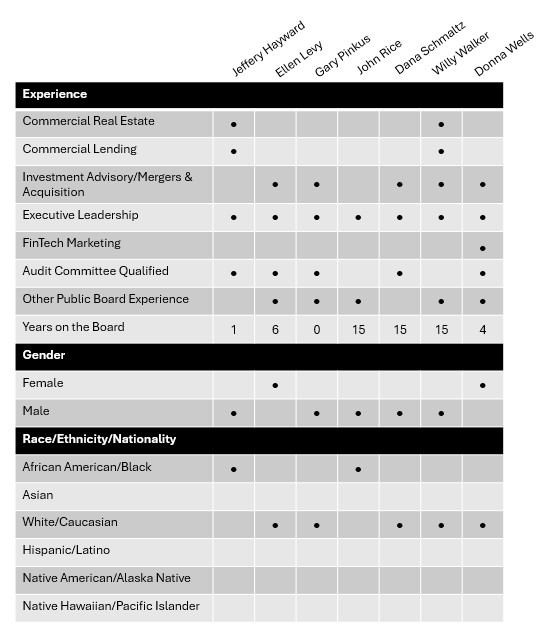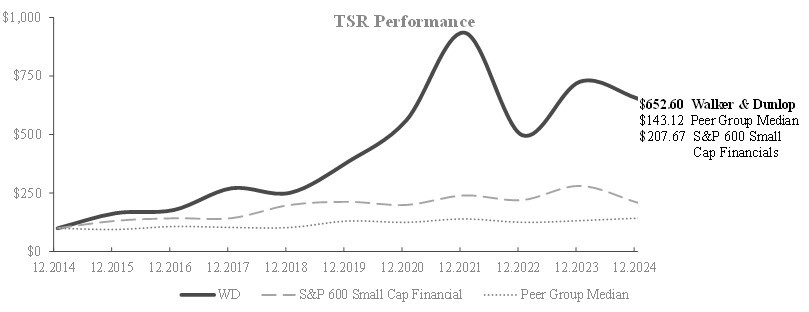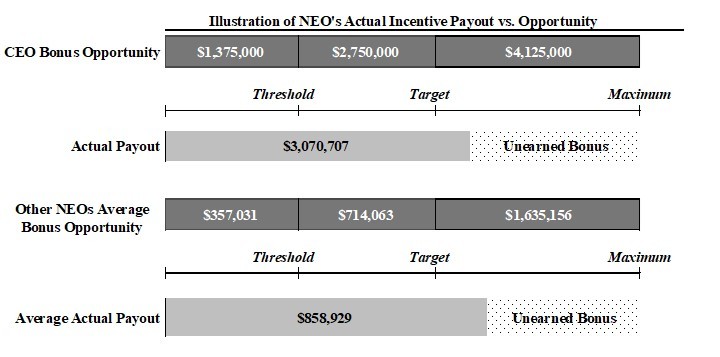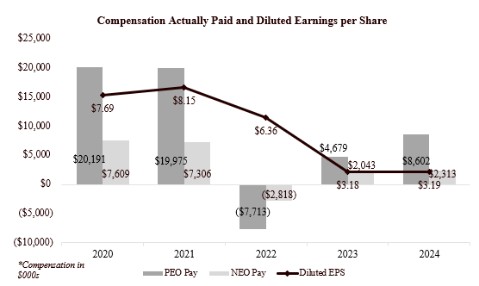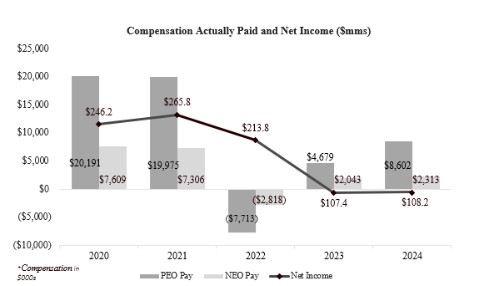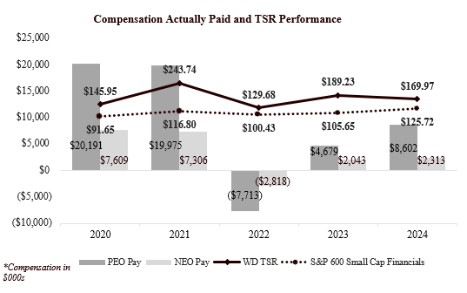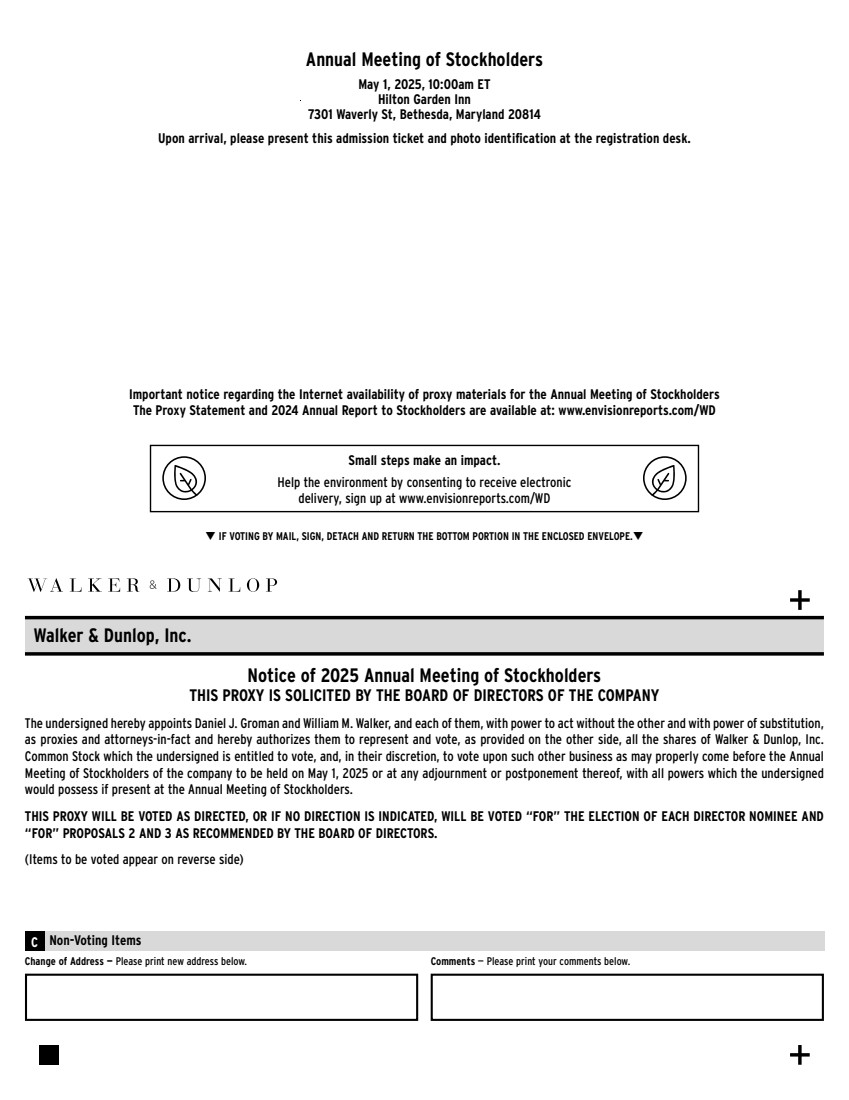CERTAIN RELATIONSHIPS AND RELATED TRANSACTIONS
Related Party Transaction Policies
Our Board has adopted a written policy regarding the approval of any “related person transaction,” which is any transaction or series of transactions in which we or any of our subsidiaries is (or are to be) a participant, the amount involved exceeds $120,000 and a “related person” (as defined under SEC rules) has a direct or indirect material interest; provided, however, that approval is not required for competitive bidding and similar transactions that are not deemed to be related party transactions under Item 404(a) of Regulation S-K. Under the policy, a related person would need to promptly disclose to our compliance officer any related person transaction and all material facts about the transaction. Our compliance officer would then assess and promptly communicate that information to the Audit and Risk Committee of our Board. Based on its consideration of all of the relevant facts and circumstances, the Audit and Risk Committee will either approve or reject the transaction or refer the transaction to the full Board or other appropriate Board committee, in its discretion. If we become aware of an existing related person transaction that has not been pre-approved under this policy, the transaction will be referred to the Audit and Risk Committee, which will evaluate all options available, including ratification, revision or termination of such transaction, and will either approve or reject the transaction or refer the transaction to the full Board or other appropriate Board committee, in its discretion. Our policy provides that any director who may be interested in a related person transaction should recuse himself or herself from any consideration of such related person transaction.
2010 Registration Rights Agreement
In December 2010, in connection with our initial public offering, we completed formation transactions through which Walker & Dunlop, LLC became our wholly owned subsidiary. In connection with such formation transactions, we entered into a registration rights agreement with regard to shares of our common stock issued to former direct and indirect equity holders of Walker & Dunlop, LLC, which we refer to collectively as the 2010 registrable shares. Among the parties to such registration rights agreement, which we refer to as the 2010 registration rights agreement, were several of our then stockholders, including one of our current NEOs, Mr. Walker, together with his permitted assignees and transferees, who we refer to collectively as holders of 2010 registrable shares.
Pursuant to the 2010 registration rights agreement, we granted to holders of 2010 registrable shares demand registration rights, subject to certain limitations, to have such shares registered for resale on a registration statement that must remain effective for the shorter of: (a) two (2) years from its date of effectiveness, (b) the period ending on the date on which all of the 2010 registrable shares covered by such registration are eligible for sale without registration pursuant to Rule 144 or any successor provision under the Securities Act, without volume limitations or other restrictions on transfer thereunder, and (c) the date on which the parties to the 2010 registration rights agreement complete the sale of all of the 2010 registrable shares. We also granted to holders of 2010 registrable shares holding a number of 2010 registrable shares equal to at least ten percent (10%) of the total number of shares of our common stock issued in the formation transactions described above demand registration rights, subject to certain limitations, pursuant to which such holder will be entitled to effect the sale of such 2010 registrable shares through an underwritten public offering.
In addition to demand registration rights, we also granted to holders of 2010 registrable shares tag-along (or “piggy-back”) rights, subject to certain limitations, pursuant to which such holders have the right to have such shares registered if we propose to file a registration statement with respect to an underwritten offering of shares for our own account. We will bear all of the costs and expenses incident to our registration obligations under the 2010 registration rights agreement, including, among other things, fees and disbursements of one counsel retained by the selling holders of 2010 registrable shares. We have also agreed, subject to certain limitations, to indemnify holders of 2010 registrable shares against specified liabilities, including certain potential liabilities arising under the Securities Act.
As of March 7, 2025, there are 0.6 million shares of our common stock that are registrable under the 2010 registration rights agreement, all of which are owned directly or indirectly by Mr. Walker.
Investments in Walker & Dunlop Investment Partners’ Funds
Our executive officers are permitted to invest on a discretionary basis their personal capital directly in funds managed by our registered investment adviser, WDIP. In 2024, Messrs. Walker and Theobald each committed to invest up $1,000,000 and $500,000, respectively, in funds managed by WDIP. During 2024, Messrs. Walker and Theobald each funded $375,000 and $190,000 of their respective capital commitments.


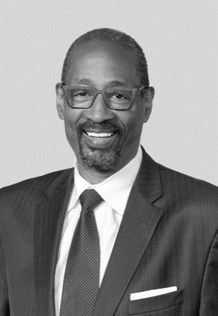
 Audit and Risk;
Audit and Risk;  Compensation
Compensation
 Nominating & Corporate Governance (chair)
Nominating & Corporate Governance (chair)



